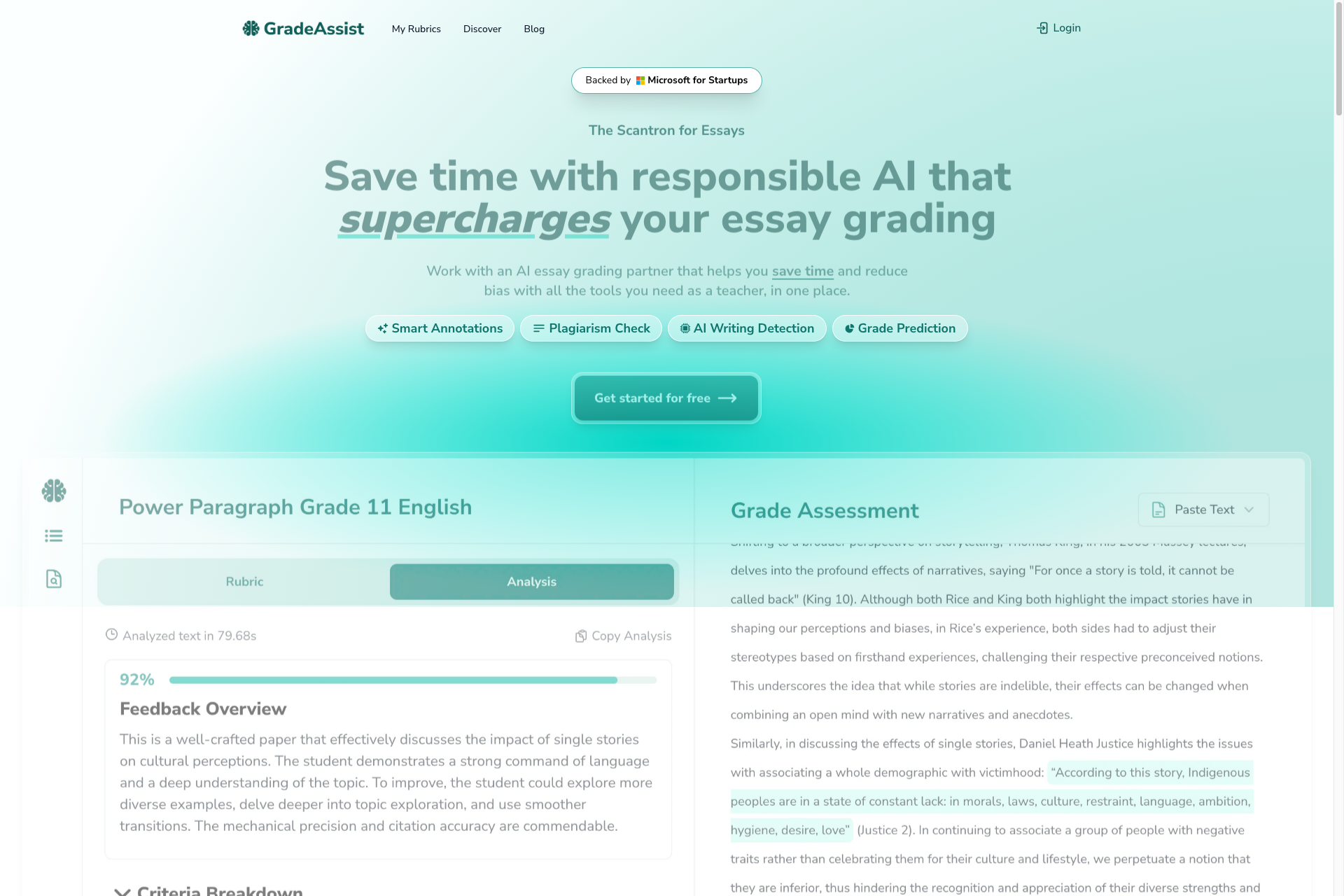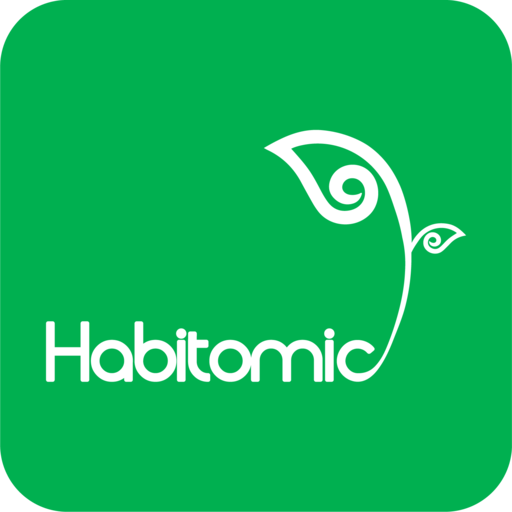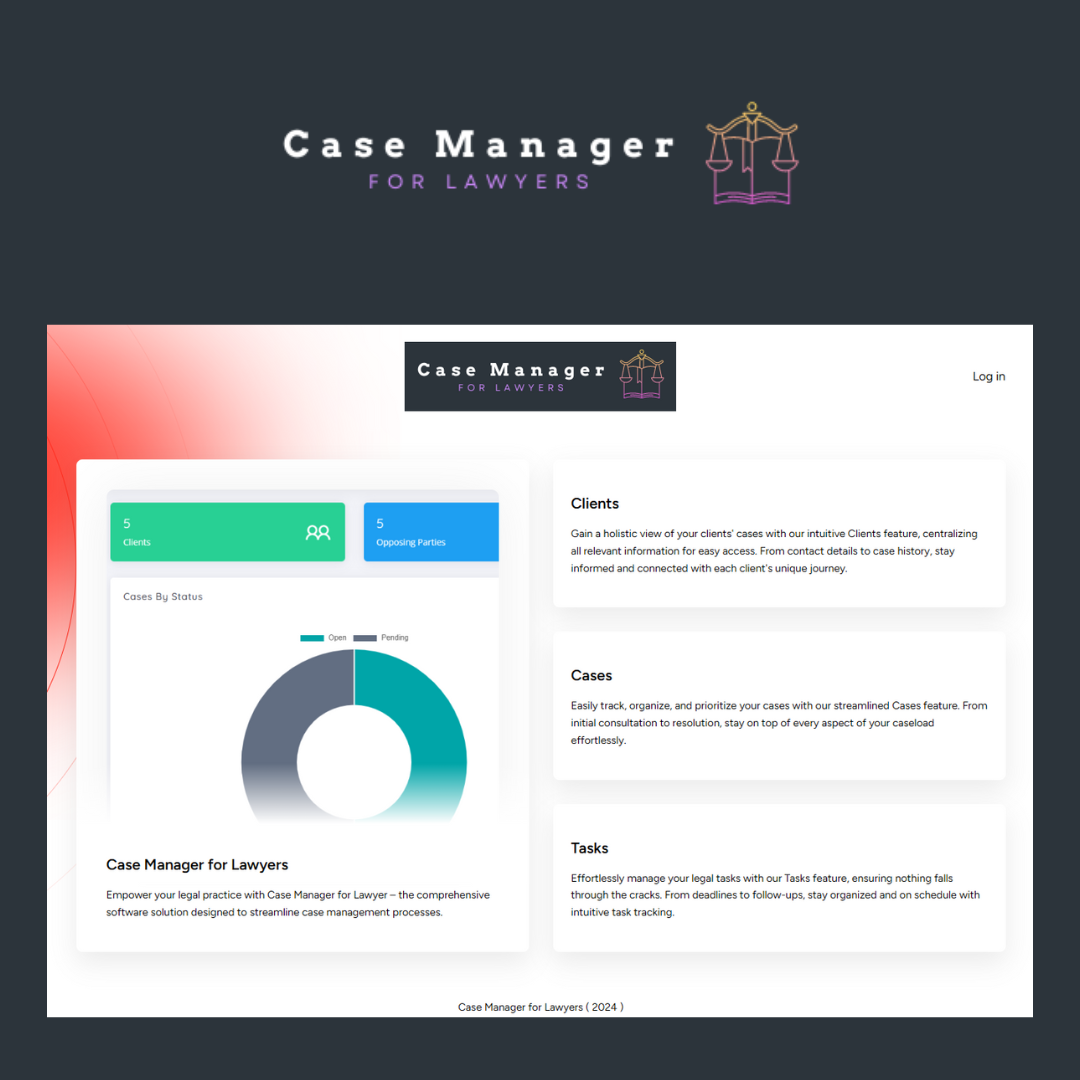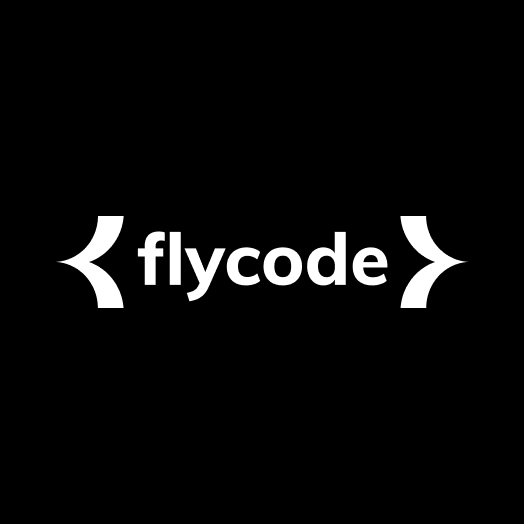GradeAssist
There's Scantron for multiple choice exams, but no equivalent for written assessments. GradeAssist solves that by using AI to analyze a student’s work to provide a suggested grade and a breakdown of the rubric’s criteria, with instant copy-paste feedback.

Related Products about GradeAssist
In the era of GPT, are you still scrambling around for tutorial resources to learn? Whether you're interested in Java, PHP, Golang, Python, DevOps, or any other tech stack, our AI Full-Stack Mentor is here to tailor tutorials specifically for you.

Meet Shadow, your AI-powered meeting assistant that not only listens but understands the discussions you're having. We truly automate your experience, by doing the work without the interruption of a button or bot. Once it's installed, Shadow works it's magic.

Habitomic uses AI to suggest personalized habits tailored to you, helping build better routines. Our assistant Mana suggests habit plans fitting your needs, providing motivation and reminders to help you stick to new habits long-term.

Empower your legal practice with Case Manager for Lawyer – the comprehensive software solution designed to streamline case management processes.

Your AI training data provenance and licensing solution. Navigate copyright issues, verify the provenance of 3000+ open datasets, get clear licensing and quality info or buy conflict-free licensed multi-modal datasets —all in one platform.

FlyCode's payment optimization and failed payment recovery technology is powered by ML and AI to stop payment failures before they happen, recover lost revenue, and reduce passive churn. Start increasing revenue today with zero integration!

